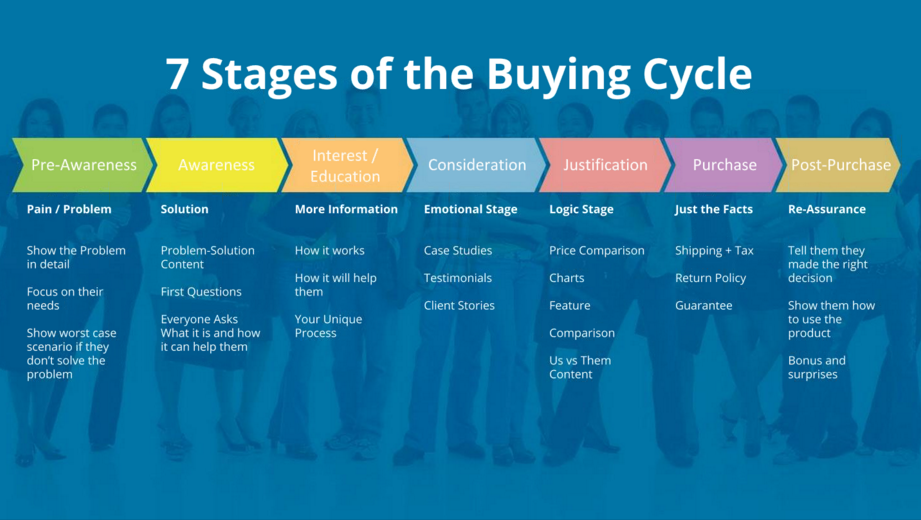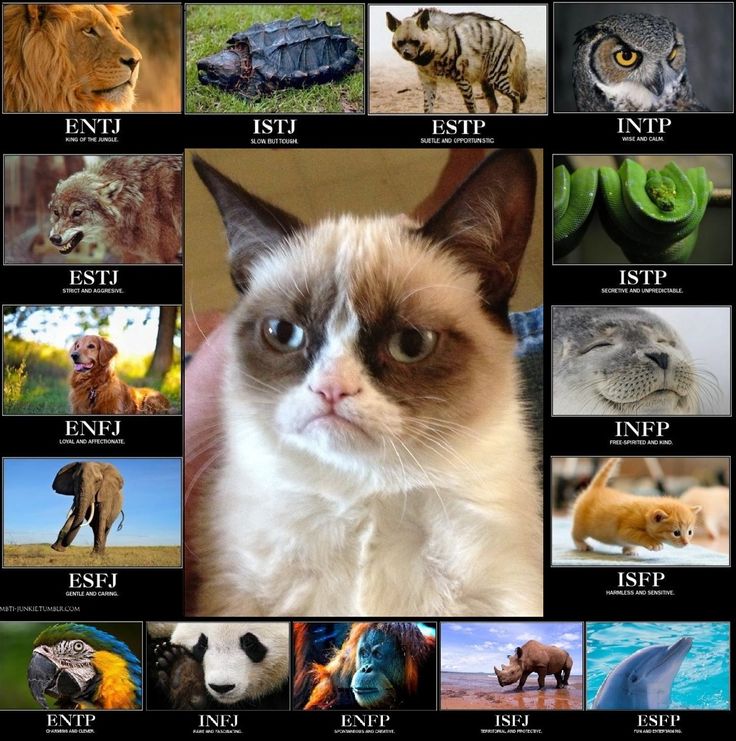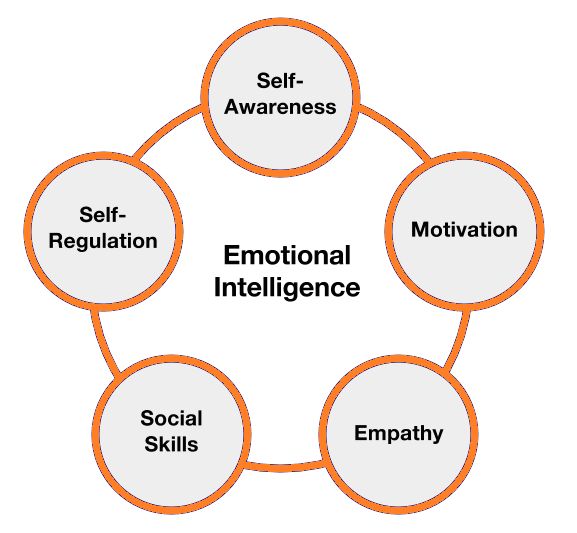Act six core processes
Brief Summary of the 6 Core Processes of Acceptance and Commitment Therapy (ACT)
Acceptance and commitment therapy, also known as ACT, aims to increase one’s psychological flexibility. This can be an important skill that many individuals who receive applied behavior analysis services could benefit from improving.
The Association for Contextual Behavioral Science defines ACT in this way:
“In theoretical and process terms we can define ACT as a psychological intervention based on modern behavioral psychology, including Relational Frame Theory, that applies mindfulness and acceptance processes, and commitment and behavior change processes, to the creation of psychological flexibility (Hayes, ND).”
Psychological flexibility is a complex concept. It includes being able to be in the present moment with your mind and your body in a way that allows you to be aware of what is happening in the now. Additionally, psychological flexibility includes being able to intentionally act in ways that are beneficial and helpful to yourself.
By being more psychologically flexible, you can behave in ways that are connected to your own personal values and goals.
To obtain healthy levels of psychological flexibility, a person can utilize a combination of the six core processes of ACT.
- Acceptance
- Cognitive Defusion
- Contacting the Present Moment
- Self as Context
- Values
- Committed Action
Acceptance doesn’t mean you are okay with something. It doesn’t mean you want the pain or struggle. Acceptance means that you open up and make room to experience the unpleasant thoughts and emotions and events of the human experience. You stop fighting with them. You don’t engage with the struggle to get rid of the unpleasant sensations or discomfort.
Cognitive defusion – or just defusion – has to do with being able to recognize our thoughts as just that…They are just thoughts (words or pictures in the mind). Defusion allows you to be able to step back from your thoughts and not be consumed by them.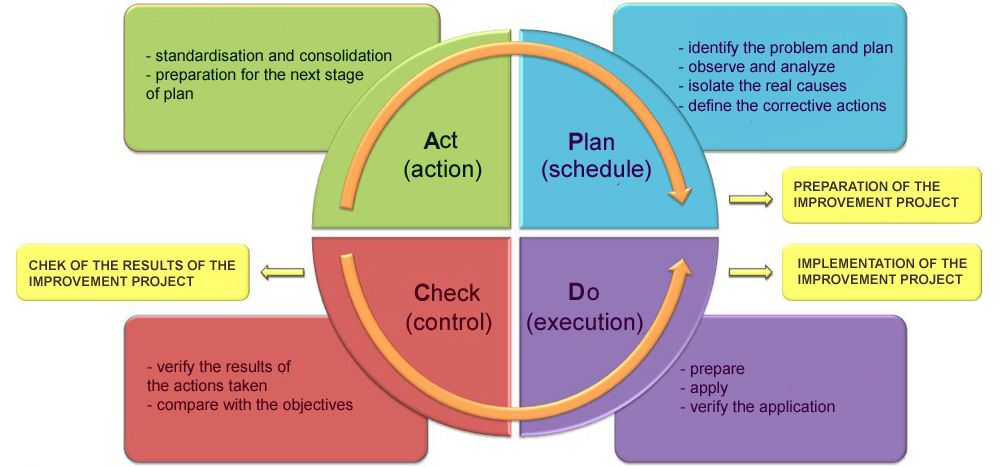
Contacting the present moment has to do with “being in the now.” This principle means that you are focused on what is happening with you and/or in your environment right now and less-so with what has happened in the past or what may happen in the future.
Self as context refers to “the observing self.” This is the part of you that is able to step back and watch what is happening within you. You can know that you are thinking and experience physical or emotional sensations. You can think about your thinking.
Values are what you most care about. Values have to do with what you want your life to be about, what you want to stand for, and what you ultimately experience as your true drive. Values help you to steer your behaviors toward what is meaningful to you.
In ACT, it is important not to forget or downplay the part where you must take action on your values. Committed action is about taking effective action and behaving in ways that are guided by your values. This allows you to create a fulfilling and satisfying quality of life (Harris, 2009).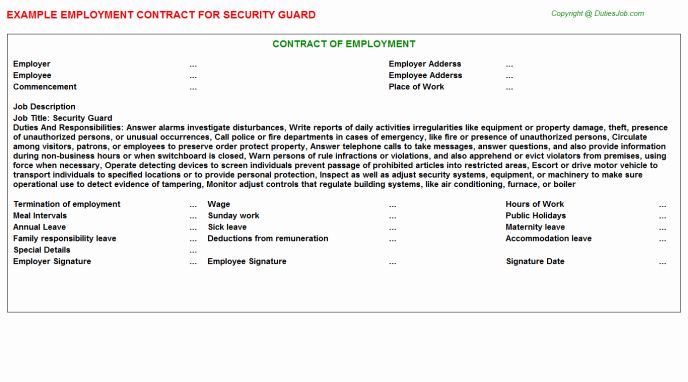
References:
Harris, R. 2009. ACT Made Simple: An Easy-To-Read-Primer on Acceptance and Commitment Therapy. New Harbinger Publications, Inc. Retrieved from: https://www.actmindfully.com.au/upimages/ACT_Made_Simple_Introduction_and_first_two_chapters.pdf
Hayes, S. ND. The Six Core Processes of ACT. Association for Contextual Behavioral Science. Retrieved on Sept. 12, 2019: from: https://contextualscience.org/the_six_core_processes_of_act#.
Brief Summary of the 6 Core Processes of Acceptance and Commitment Therapy (ACT)
Acceptance and commitment therapy, also known as ACT, aims to increase one’s psychological flexibility. This can be an important skill that many individuals who receive applied behavior analysis services could benefit from improving.
The Association for Contextual Behavioral Science defines ACT in this way:
“In theoretical and process terms we can define ACT as a psychological intervention based on modern behavioral psychology, including Relational Frame Theory, that applies mindfulness and acceptance processes, and commitment and behavior change processes, to the creation of psychological flexibility (Hayes, ND).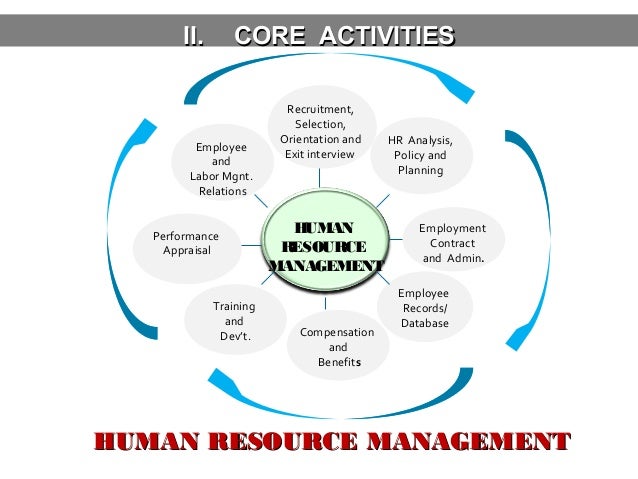 ”
”
Psychological flexibility is a complex concept. It includes being able to be in the present moment with your mind and your body in a way that allows you to be aware of what is happening in the now. Additionally, psychological flexibility includes being able to intentionally act in ways that are beneficial and helpful to yourself. By being more psychologically flexible, you can behave in ways that are connected to your own personal values and goals.
To obtain healthy levels of psychological flexibility, a person can utilize a combination of the six core processes of ACT.
- Acceptance
- Cognitive Defusion
- Contacting the Present Moment
- Self as Context
- Values
- Committed Action
Acceptance doesn’t mean you are okay with something. It doesn’t mean you want the pain or struggle. Acceptance means that you open up and make room to experience the unpleasant thoughts and emotions and events of the human experience. You stop fighting with them.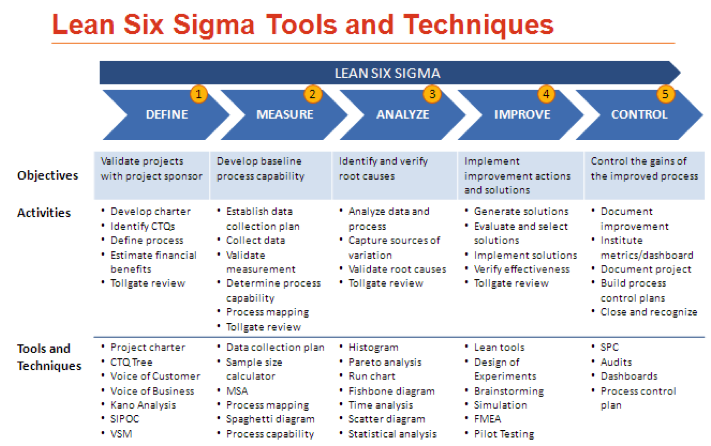 You don’t engage with the struggle to get rid of the unpleasant sensations or discomfort.
You don’t engage with the struggle to get rid of the unpleasant sensations or discomfort.
Cognitive defusion – or just defusion – has to do with being able to recognize our thoughts as just that…They are just thoughts (words or pictures in the mind). Defusion allows you to be able to step back from your thoughts and not be consumed by them.
Contacting the present moment has to do with “being in the now.” This principle means that you are focused on what is happening with you and/or in your environment right now and less-so with what has happened in the past or what may happen in the future.
Self as context refers to “the observing self.” This is the part of you that is able to step back and watch what is happening within you. You can know that you are thinking and experience physical or emotional sensations. You can think about your thinking.
Values are what you most care about. Values have to do with what you want your life to be about, what you want to stand for, and what you ultimately experience as your true drive.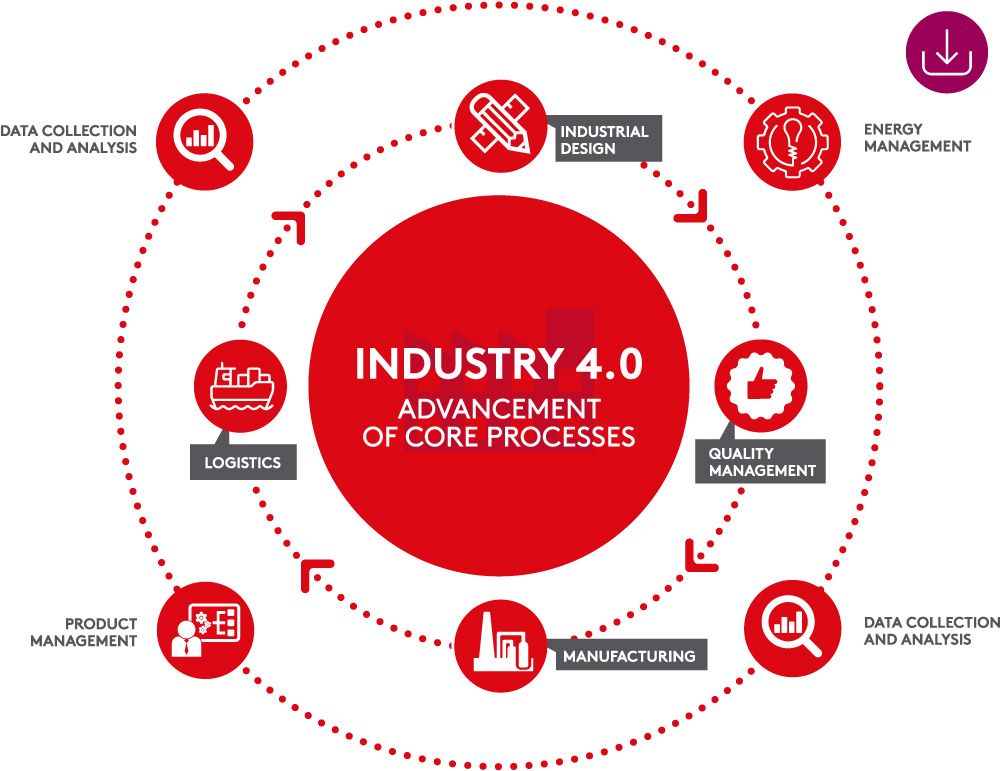 Values help you to steer your behaviors toward what is meaningful to you.
Values help you to steer your behaviors toward what is meaningful to you.
In ACT, it is important not to forget or downplay the part where you must take action on your values. Committed action is about taking effective action and behaving in ways that are guided by your values. This allows you to create a fulfilling and satisfying quality of life (Harris, 2009).
References:
Harris, R. 2009. ACT Made Simple: An Easy-To-Read-Primer on Acceptance and Commitment Therapy. New Harbinger Publications, Inc. Retrieved from: https://www.actmindfully.com.au/upimages/ACT_Made_Simple_Introduction_and_first_two_chapters.pdf
Hayes, S. ND. The Six Core Processes of ACT. Association for Contextual Behavioral Science. Retrieved on Sept. 12, 2019: from: https://contextualscience.org/the_six_core_processes_of_act#.
Business processes: basic concepts
A business process is a regularly repeated sequence of interrelated activities (operations, procedures, actions), during which the resources of the external environment are used, value is created for the consumer and a result is given to him.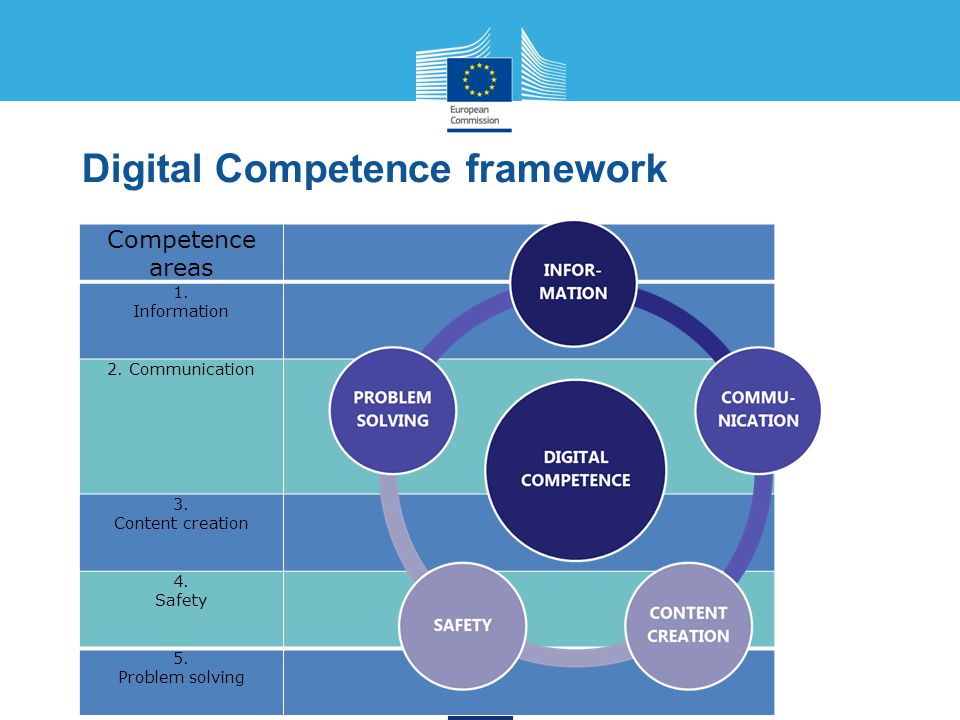
A consumer can be both external and internal to an organization. An external consumer is a consumer that is not part of this organization, and an internal consumer is one that is within this organization. nine0005
It is important to know the consumer of a business process because it is he who explicitly or implicitly sets the requirements for the process and, therefore, can even influence the very existence of a particular process.
If we consider as an example an enterprise producing tires, then tire production is a business process, and the main one for this enterprise. Why? Tire production (as a process) includes many interrelated operations, consumes certain resources (raw materials, electricity, personnel labor, etc.) and gives a certain result to the consumer - a finished tire. The consumer for this process will be one or more wholesalers who organize the distribution of the product to the final consumers. nine0005
Another example of a business process is the purchase of raw materials for the production of the same tires.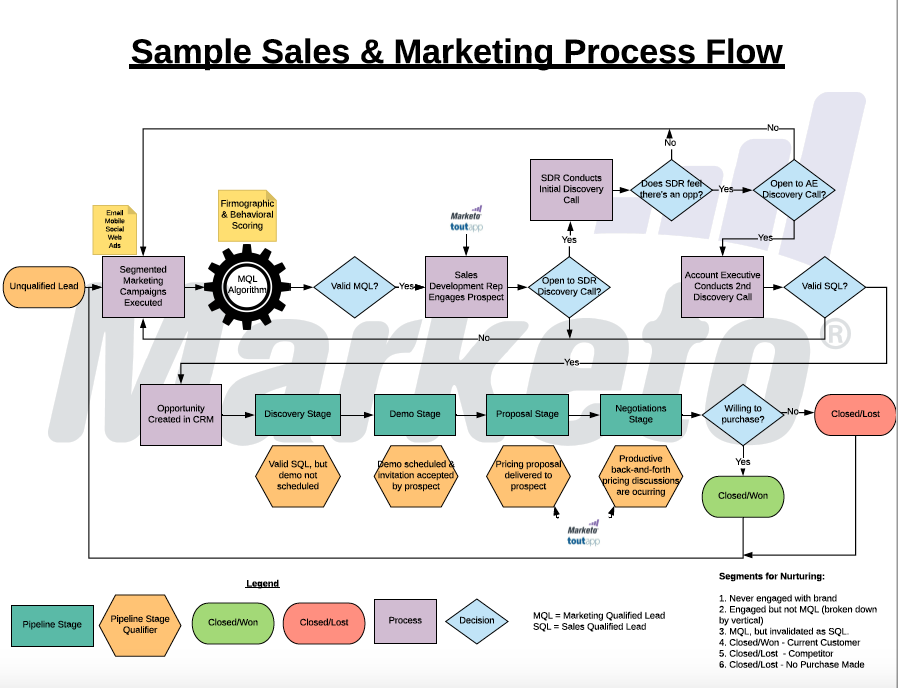 Such a process also corresponds to the definition given above, but the consumer of the final result of the process will be internal - these are the production workshops of the enterprise, in which the rubber compound is prepared, the metal cord is rubberized, etc.
Such a process also corresponds to the definition given above, but the consumer of the final result of the process will be internal - these are the production workshops of the enterprise, in which the rubber compound is prepared, the metal cord is rubberized, etc.
The result of a business process is perhaps its most important component. There can be no activity without a result, otherwise it is not an activity, but just some kind of aimless pastime. Without achieving a result (and, we note, with the characteristics required by the consumer), the activity is meaningless. And the cost of this process also depends on how the process is built. nine0005
A business process must have a single manager who manages the process and is responsible for its result. In practice, it often happens (this is typical for large companies) that a business process has a so-called owner and process manager. Both of these figures are responsible for the results, but at the same time, the process owner has the authority to change the order of the process itself, and the process manager exercises operational control.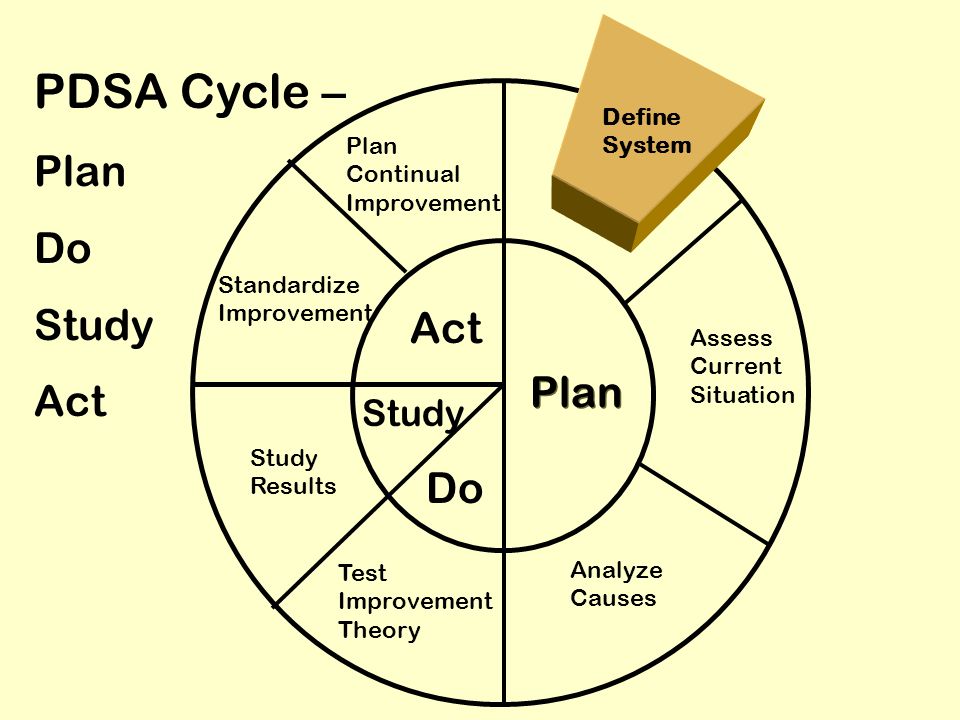 To make this clearer, we will illustrate these differences with an example. nine0005
To make this clearer, we will illustrate these differences with an example. nine0005
There is a process "Materials and technical support". The process manager is the head of the procurement department - an official who is directly involved in the process and is responsible for the result. And the owner of the process is the Deputy General Director for Procurement - a superior figure and, as they say, “with weight”. It is necessary to know who is the manager and owner of the process, at least because it is from these people that you will need to collect information about the current state of the process and coordinate the proposed changes with them. nine0005
There are a number of classifications of business processes. We will present two of them. A more detailed one reflects the nuances of the processes, and a shorter one is usually used by consultants in a comprehensive description of the business processes of enterprises.
So, a more detailed classification of business processes is as follows:
- main processes;
- related processes;
- support processes;
- supporting processes; nine0026
- control processes;
- development processes.

The main business processes are processes focused on the production of goods or the provision of services, which are the target objects for creating an enterprise and provide income. So, for a plant of chipboards and parts (chipboard and D), the main business process is the production of laminated chipboard.
Associated processes - processes focused on the production of goods or the provision of services, which are the results of production activities accompanying the main production and also provide income. So, for a motor transport enterprise, the process of repairing third-party vehicles at its own repair base is an accompanying process. nine0005
Auxiliary business processes - processes designed to ensure the implementation of the main BP and maintain their specific features. So, for a CHP or HPP, an auxiliary business process is the process of repairing production equipment.
Supporting business processes - processes designed to support all other business processes and focused on supporting their universal features. At enterprises of any industry, this is the process of financial support for activities, the process of staffing, engineering and technical support, etc.
At enterprises of any industry, this is the process of financial support for activities, the process of staffing, engineering and technical support, etc.
Management business processes are processes that cover the entire range of management functions at the level of each business unit and the business system as a whole. These are the processes of strategic, operational and current planning, formation and implementation of managerial influences.
Development business processes are the processes of improving a product or service, technology, equipment modification. For example, this is research and development work (R&D) in mechanical engineering, the process of technical re-equipment in the electric power industry, etc.
A simpler classification of business processes consists of the following types:
- control processes;
- main processes;
- ancillary processes.
At the same time, in order not to get confused in the definitions, it is easier to show how these two classifications correlate with each other (Table 1).
Table 1. Correspondence of business process classifications
| Detailed classification | Simple classification |
| Core Processes Related processes | Core processes |
| Auxiliary processes Supporting processes | Auxiliary processes |
| Control processes Development processes | Control processes |
I would like to immediately emphasize that these processes can be classified not only in this way. In real practice, there were, for example, separate processes of interaction with customers. The choice of classification is not so fundamental, it is only important to understand why classification is needed at all. The matter is that in activity of the company it is possible to count at least some tens of business processes. In order to somehow structure them, certain classifications are introduced. nine0005
In order to somehow structure them, certain classifications are introduced. nine0005
With classifications in general, everything is not so clear. A classic example is the Human Resources process. To which of the types according to a simple classification is it attributed? The answer to this question will be ambiguous. The process of personnel management, if analyzed, consists of a number of relatively independent sub-processes. So, the sub-process "Personnel recruitment" is clearly an auxiliary one, since during its implementation all processes of the organization are supplied with resources - employees. But the sub-process "Planning the staffing" should be attributed to the managers, since it sets, in fact, a recruitment plan, that is, it creates some control action for the recruitment service. Approximately the same situation will be with accounting. Preparation of established accounting and tax reporting is a supporting process. And the preparation of primary documents, from which reporting is collected, is not a process at all, but separate procedures in the main business processes. nine0005
nine0005
The classification of business processes helps to determine how exactly a particular process can be distinguished from the general mass.
We single out the main processes based on the result that is valuable to the consumer. We single out auxiliary processes according to the resource they supply the company with. And finally, we single out the control processes by the object on which the control action is carried out.
At the same time, it is important not to make a classic mistake: not to single out business processes according to the principle of activity of a particular unit. In the vast majority of cases, business processes are end-to-end for the organization, that is, they affect several departments. After all, units cannot but interact with each other, as they are elements of one system. And this interaction is, simply put, business processes. nine0005
It is logical to ask the question: are there universal business process models, and if so, what are they? The answer will also be ambiguous - yes and no.
On the one hand, each organization has its own specifics of activity, its products and services, certain suppliers and buyers, operates in a certain territory, in a certain legal field, etc. Therefore, it is impossible to talk about typical business processes. For any set of typical business processes, a counterexample can be given showing that such a typical set will not be applicable to any particular enterprise. nine0005
On the other hand (and many business process consultants know this), one can talk about a certain typical set of business processes in relation to a single industry, in a certain region, in a certain time period. And anyway, the specific implementation of business processes will be somewhat different from the typical set.
For a visual description of business processes, companies at the top level use the so-called process map. It displays the top-level processes of the company and shows the key relationships between them. As a rule, the processes on the map are divided into types according to the selected classification.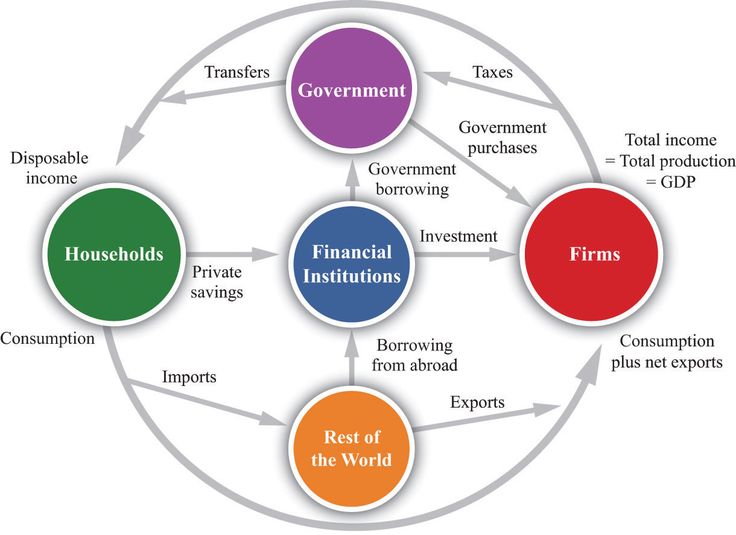 The process map provides only a general idea of the company's processes, but it is clearly not enough to identify the costs associated with the processes. nine0005
The process map provides only a general idea of the company's processes, but it is clearly not enough to identify the costs associated with the processes. nine0005
PMBOK Project Management Body of Knowledge
Projects require 5 process groups - prepare, plan, execute, control and complete. These steps are also known as PMBOK (Project Management Body of Knowledge) process groups. Despite its widespread use, this form of process management can often cause problems for managers and employees who are unfamiliar with classical project management. nine0005
Here's an overview of process groups and how to successfully implement them in your projects.
PMBOK process groups and knowledge areas. Introduction
The Project Management Institute (PMI) has developed the PMBOK (Project Management Body of Knowledge). It includes guidelines, recommended practices, standard principles and general terminology for project management.
All of the contents of this document were originally collected in the book The Guide to the Project Management Body of Knowledge (PMBOK Guide) back in 1996 year.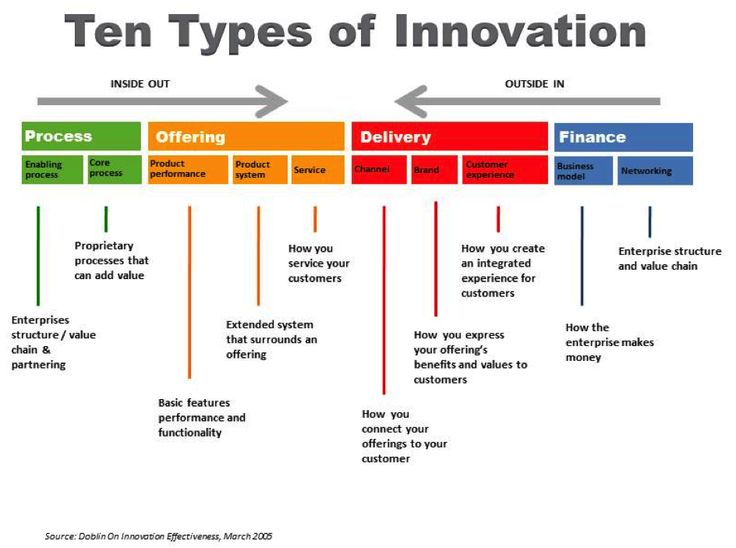 The sixth edition of this guide was released in 2017, and the seventh edition is expected in 2023.
The sixth edition of this guide was released in 2017, and the seventh edition is expected in 2023.
The PMBOK guide takes a process-oriented approach to project management. All project management activities are subdivided into 49 processes grouped into PMBOK process groups and knowledge areas.
Process groups are what you need to do and knowledge areas are what you need to know. They are presented in a matrix with 49 individual processes. Each of the 49processes are included in one knowledge area and one process group.
What are the PMBOK process groups?
There are 5 PMBOK process groups:
- Preparation process group: processes required to start a new project or a new project phase.
- Planning Process Group: processes related to determining and planning the scope of the project, as well as planning how to implement it. nine0025 Process group "Execution": processes directly related to the implementation of activities and tasks of the project.
- Control Process Group: processes related to tracking, monitoring, reporting and controlling the progress of the project.
- Completion Process Group: processes required for the final completion and delivery of a project or project phase.

Preparation
The Preparing process group usually assumes that the project has been formally approved and assigned to a project manager. The group includes two main processes: development of the project charter and identification of project participants.
Two outputs are expected in this process group: a drafted project charter and a list of project participants. The list of project participants lists the participants themselves, their intended contribution to the work on the project, and preferences regarding the frequency and form of communication. nine0005
The project charter should include the business case for working on the project (why it should be done), as well as a detailed overview of the scope, future outcomes, and goals of the project.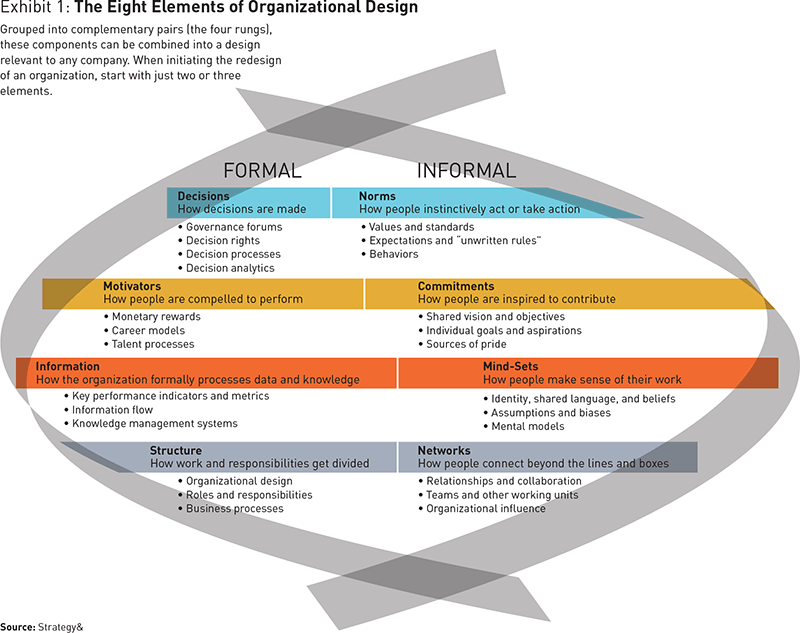
Typically, the project charter will also include:
- Resources required;
- Key project participants;
- Time frame with key milestones;
- Detailed estimate;
- Known risks, issues, and dependencies. nine0037
Planning
The Planning group is the largest of the five groups, with 24 processes. This group is designed to plan in detail all the work on a project, from scope, schedule and budget to how to manage key stakeholders. The main output of the planning phase is the project management plan (PMP).
Large project PMPs can be sub-planned to detail important areas: project planning and quality management. In smaller projects, processes can be described in separate subsections or supplemented by an application. nine0005
The PMP is a living document that is updated and refined throughout the project as changes are made.
Execution
The Execution group has the most project activity. It is at this stage that most of the budget is spent and the future results of the project are created.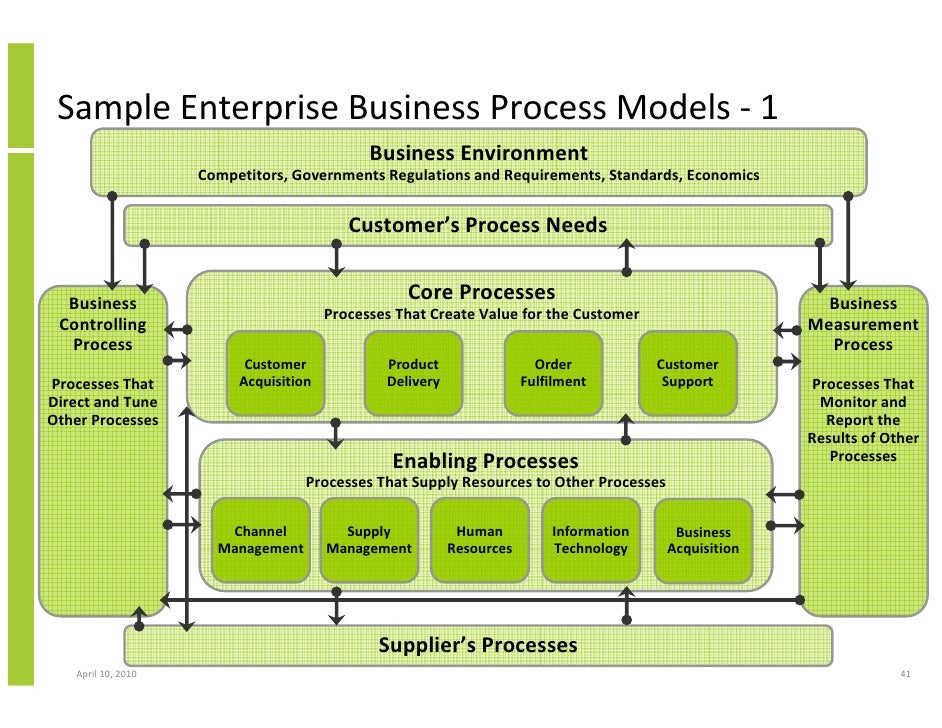
This group includes 10 project management processes. They are mainly focused on activities and tasks aimed at ensuring the smooth progress of work, well-established interaction, timely response to risks and involvement of project participants. nine0005
The most important task of the project manager at this stage is to direct and manage the work and knowledge of the project (document requirements, take minutes of meetings, learn lessons). The project manager's area of responsibility also includes obtaining project resources, developing and managing the project team, and building communication.
Control
The “Control” process group is the second largest group, it includes 12 processes. These processes operate throughout the project and are needed to ensure oversight. They also help identify and fix potential problems. nine0005
Throughout the life cycle of a project, something unforeseen will inevitably happen. The processes in this group will help update the plan, adjust the actions of the team and return to normal operation sooner.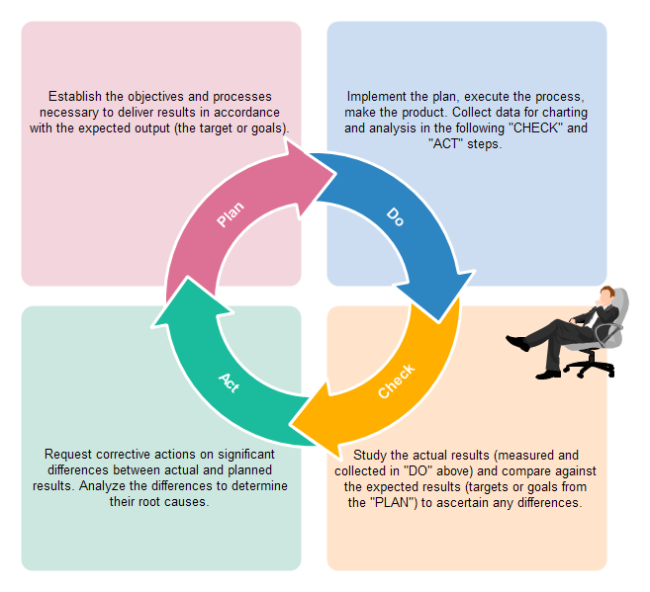
One of the most important processes in this group is project monitoring. It involves tracking the entire project and its key aspects. This process is important to prevent possible errors and going over budget. Often, project management software is used to monitor and report on progress. nine0005
Completion
The Completion process group consists of only one main process: completion of the project or one of its phases. In this process, it is important that the client accepts all the deliverables of the final stage or the entire project. In addition, it is necessary to complete all the documentation and ensure its storage, as well as eliminate the shortcomings of the project or its phase.
Choosing the right way to work with Wrike
There are many ways to manage projects and organize work. Traditional work methodologies such as waterfall work are designed to establish a sequential order for completing each task before the project begins. The PMBOK processes were originally based on this methodology, as the five process groups were often considered sequential steps.